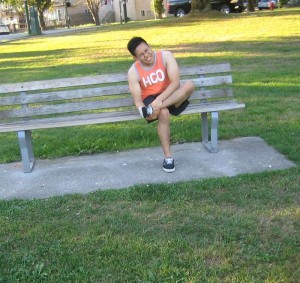Gangrene is a serious ailment characterized by disrupted or lack of blood supply which cause the body tissues to die. This condition can involve any body part but usually begins in the feet, toes, hands and fingers.
https://www.youtube.com/watch?v=rafAgW0TKeY
The condition can also develop after an injury, long-term condition or infection that involves the blood circulation.
The usual indications of gangrene include:
- Swelling and redness in the affected area
- Formation of sores or blisters that bleed or release foul-smelling pus
- Loss of sensation or significant pain in the affected area
A doctor must be consulted right away if worried about gangrene.

Who are at risk?
Any individual can end up with gangrene, especially after a significant injury but there are certain groups who face a higher risk. This usually includes individuals with long-term conditions that affect the blood vessels such as:
- Atherosclerosis – involves clogging up of the arteries with a fatty substance or plaque that results to narrowing and restricted blood flow.
- Diabetes – this condition causes the rise of the blood sugar level
- Peripheral arterial disease
- Raynaud’s phenomenon
Management of gangrene
If treatment for gangrene is started early, the more likely it is treated effectively. The main forms of treatment include surgery that involves the removal of the damaged tissue which is called as debridement as well as antibiotics to deal with any underlying infection.
In some cases, surgery might be necessary to restore the flow of blood to the affected area. As for severe cases, it might be required to get rid of an entire body part such as the foot, toe or lower leg which is called as amputation.
Prevention
Most cases of gangrene can be prevented. If an individual has a condition that increases the risk for ending up with gangrene such as diabetes, it is vital to have regular appointments to assess the state of the feet.
Cessation of smoking is required for those who smoke as well as adopting a healthy lifestyle with regular exercise and a low-fat diet. These can help improve circulation as well as lessen the risk for developing gangrene.
Quick Note / Disclaimer
The material posted on this page on gangrene is for learning and educational purposes only. To learn to recognize the indications of gangrene, register for a first aid and CPR course with Toronto First Aid.
